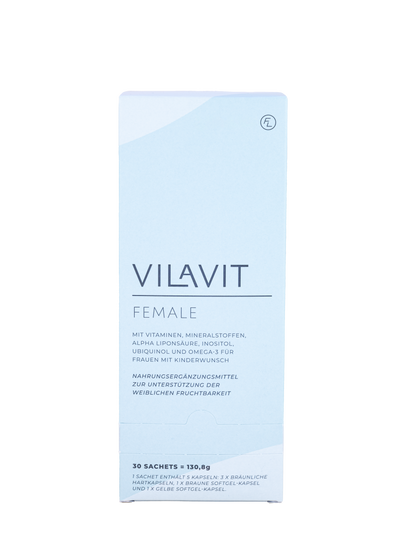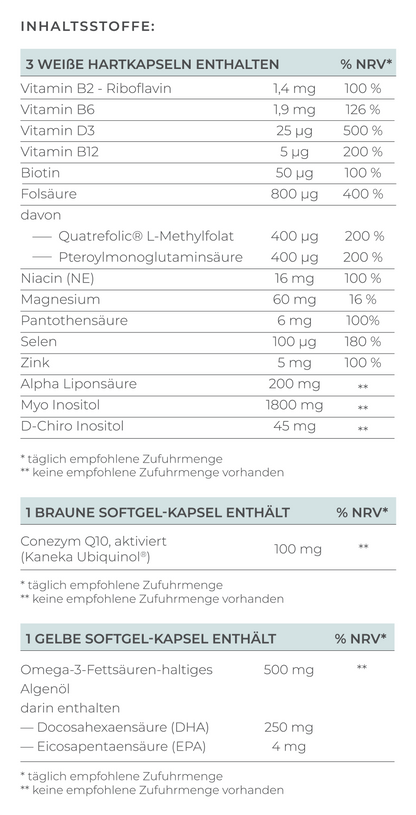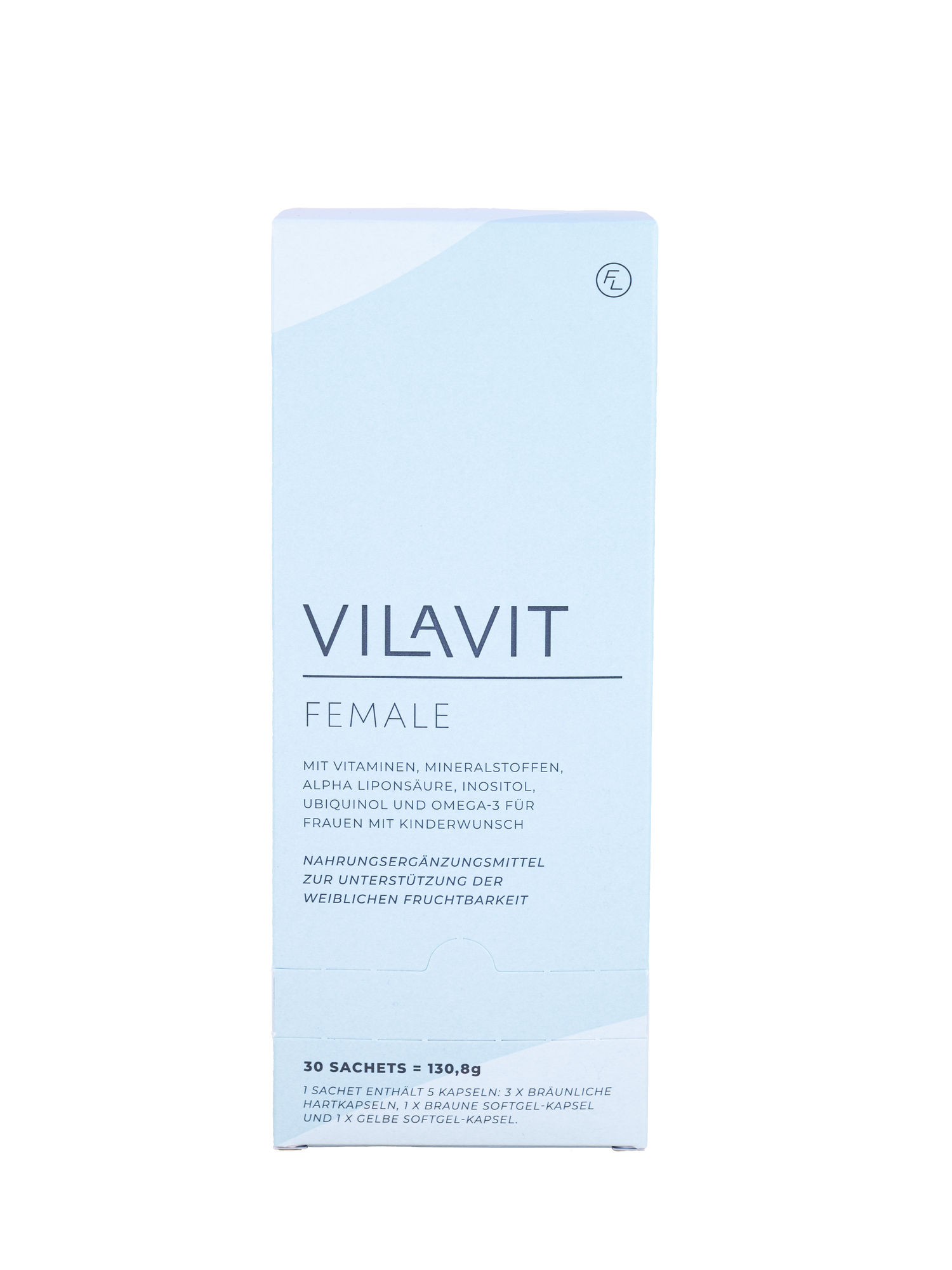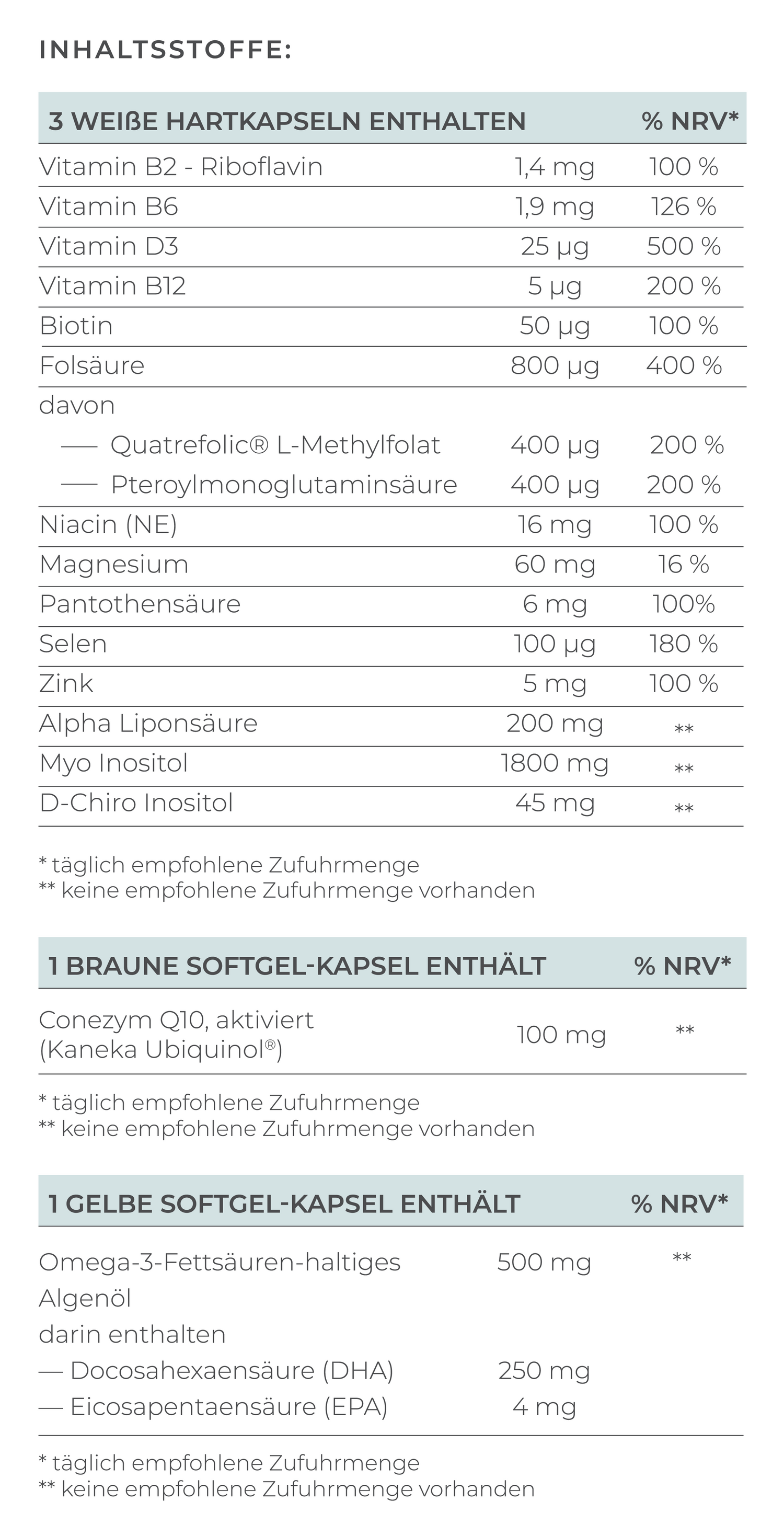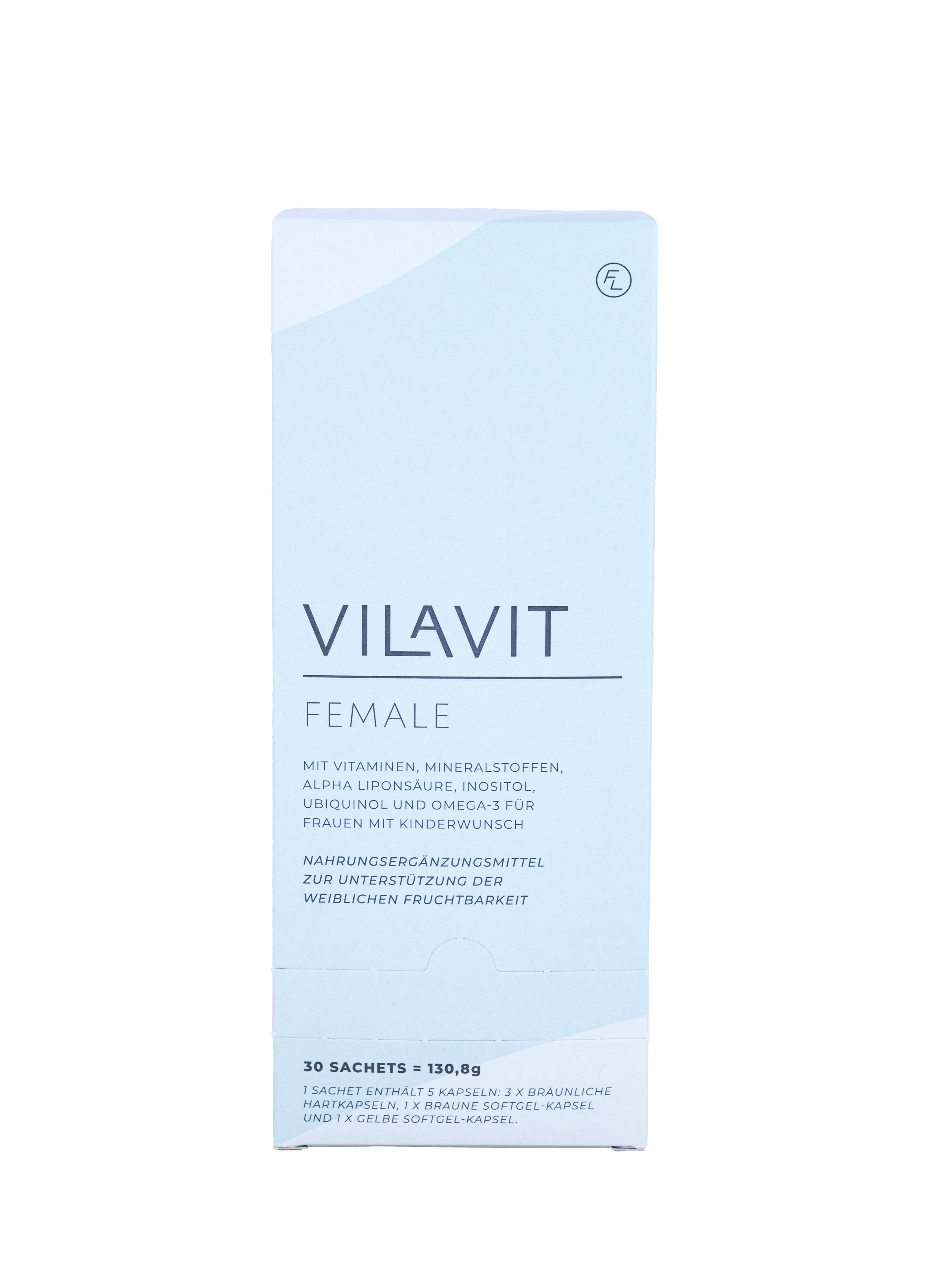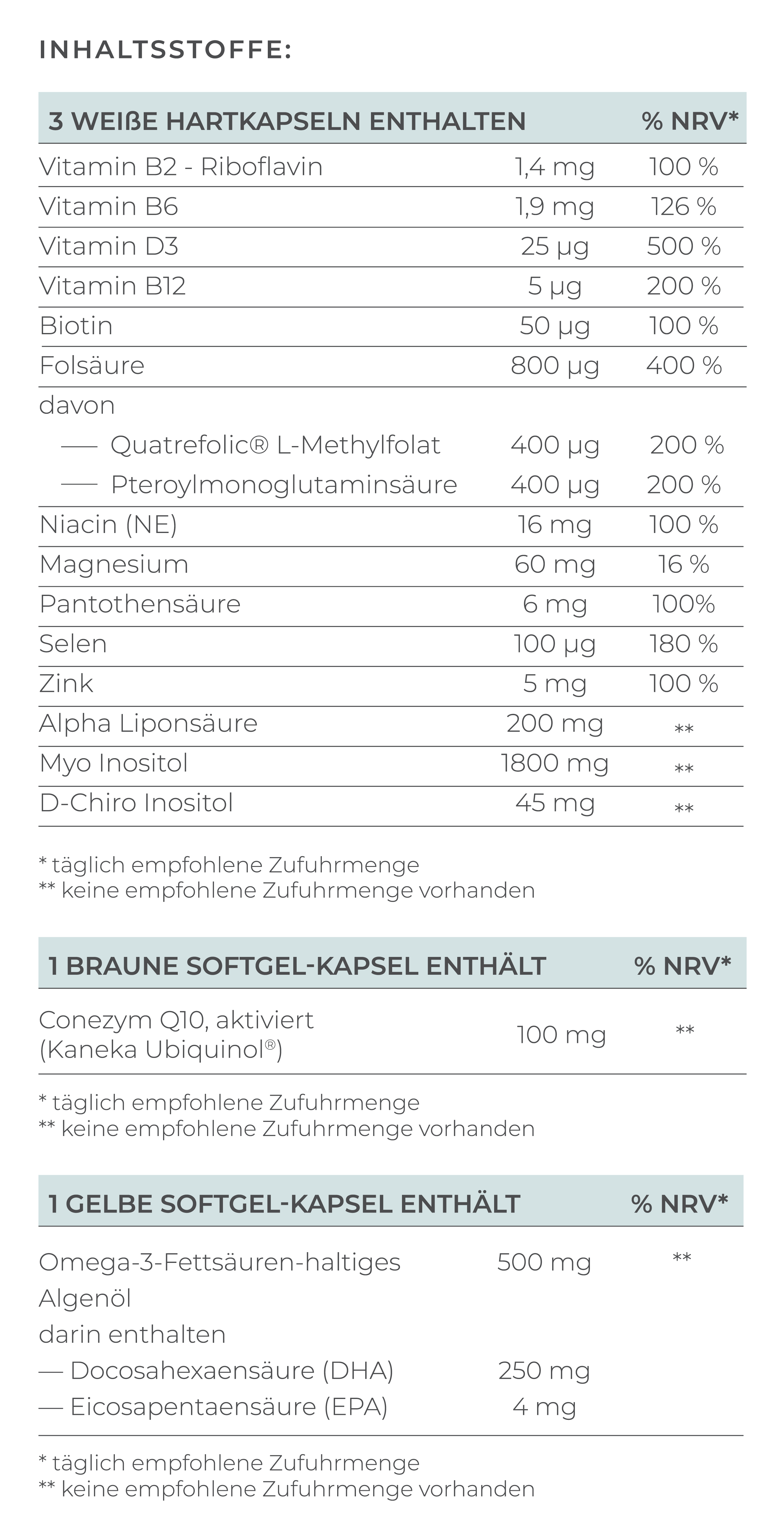Overview of Luteal Phase Deficiency (LPD) in Infertility
- Luteal phase deficiency, or LPD, is a hormonal disorder where the body fails to produce sufficient progesterone.
- Progesterone promotes the thickening of the uterine lining.
- A lack of progesterone complicates the implantation of a fertilized egg.
- Symptoms include shortened cycles, PMS, weight gain, sleep disturbances, and miscarriages.
- Diagnosis of LPD involves cycle tracking and blood tests.
- Treatment options include progesterone therapy and ovulation-inducing medications.
Luteal Phase Deficiency (LPD), also known as inadequate corpus luteum function, is a condition where the production of the corpus luteum hormone, progesterone, is disrupted. In this article, we delve into the scientific background of LPD, explain its implications on infertility, and explore potential treatment options.
What is a Corpus Luteum and What is Luteal Phase Deficiency?
A corpus luteum forms after ovulation from the empty follicle shell that released the egg. This tissue produces the hormone progesterone, crucial for preparing and sustaining the uterine lining for potential pregnancy.
Progesterone plays a critical role in facilitating the successful implantation of a fertilized egg by stimulating the uterine lining to accept the embryo, increasing body temperature, and suppressing the development of additional eggs in the ovaries during pregnancy.
In cases of LPD, insufficient progesterone is produced to adequately stabilize the uterine lining, potentially preventing the implantation of a fertilized egg into the uterine lining.
However, if the egg remains unfertilized, the corpus luteum regresses, progesterone production decreases, and menstruation begins.
The Connection Between LPD and Infertility
Inadequate progesterone production is often associated with repeated implantation failures or difficulties in achieving pregnancy. Complete absence of the hormone can prevent pregnancy altogether or endanger an existing pregnancy.
How Does LPD Affect Fertility?
Insufficient progesterone production by the corpus luteum can lead to several issues affecting fertility:
Insufficiently thickened uterine lining: Inadequate progesterone production means the uterine lining is not adequately prepared for embryo implantation, potentially preventing pregnancy altogether or increasing the risk of early miscarriage.
Late or irregular periods: Women with LPD often experience a shortened luteal phase, leading to irregular menstrual cycles and reduced chances of successful pregnancy.
Early miscarriages: In some cases, LPD can increase the risk of miscarriage in the early weeks of pregnancy due to inadequate support of the uterine lining.
Symptoms of LPD
LPD typically presents with no distinct symptoms and is often only diagnosed during investigations into infertility or repeated implantation failures.
Symptoms of Luteal Phase Deficiency
Shortened second half of the menstrual cycle: Normally, the luteal phase after ovulation lasts between 11 and 15 days. In LPD, it is shortened and lasts no more than 10 days.
Premenstrual syndrome (PMS): Women with LPD often report symptoms such as mood swings, irritability, and breast tenderness in the second half of the cycle. Headaches may also be more frequent.
Weight gain and water retention: Progesterone deficiency can lead to increased water retention in the body, manifesting as weight gain and swelling. Sleep disturbances: Low progesterone levels can cause sleep problems such as insomnia or restless sleep. Miscarriages in early pregnancy stages.
Causes of LPD
The causes of LPD are complex and can range from autoimmune diseases to the onset of menopause, making them often difficult to pinpoint.
Some of the most common causes include:
Hormonal imbalance: After discontinuing birth control pills, hormone levels may not have stabilized.
Autoimmune diseases: Thyroid disorders or diseases of the intestines, pancreas, or adrenal glands can contribute to LPD.
Polycystic ovary syndrome (PCOS): Women with PCOS often experience inadequate follicle development, leading to LPD (Meenakumari et al., 2004).
Ovarian disorders: Various ovarian disorders or insufficient hormone production due to low levels of FSH and LH can cause LPD.
Stress and lifestyle: Chronic stress, obesity, or severe underweight can affect hormone balance and impair corpus luteum function.
Onset of menopause: The cause of low progesterone levels can also lie in the onset of menopause.
There are theories suggesting that poor egg quality may lead to inadequate follicle development, subsequently reducing progesterone production (Lingli et al., 2024).
Diagnosis of LPD
The diagnosis of LPD involves documenting cycle length (measuring the length of the luteal phase).
In addition, progesterone and estrogen concentrations are measured in the second half of the cycle after ovulation. A serum progesterone level of less than 10 ng/ml is classified as luteal phase defect. A reliable measurement is obtained when progesterone levels peak, which typically occurs six to eight days after ovulation. Therefore, blood sampling is usually done around the 20th day of the cycle (Schliep et al., 2014).
Ultrasound examinations can also help assess the condition of the ovaries and ovulation.
Treatment Options for LPD
Once LPD is diagnosed, there are various treatment approaches aimed at supporting progesterone production and promoting fertility. Some of the most common methods include:
Progesterone therapy: One of the most common treatments for LPD is administering synthetic progesterone in the form of tablets, creams, suppositories, or injections. Medications like Duphaston or Utrogest are often prescribed to stabilize the uterine lining and increase the chances of successful implantation.
Ovulation-inducing medications: Ovulation-inducing medications such as Clomiphene are frequently prescribed to promote egg maturation, egg growth, and consequently improve corpus luteum function.
Lifestyle adjustments: A healthy diet, regular exercise, and stress reduction can help balance hormone levels and support corpus luteum function.
Conclusion
Luteal phase deficiency can significantly impact infertility by complicating embryo implantation and pregnancy maintenance. However, early diagnosis and targeted treatments, such as progesterone therapy or lifestyle adjustments, can help increase the chances of successful pregnancy. Recognizing the causes and symptoms is crucial for finding individualized solutions.
Frequently Asked Questions about LPD
Can you get pregnant with LPD?
Women with LPD can potentially conceive as long as they ovulate. However, the egg may struggle to implant in the inadequately prepared uterine lining.
Does ovulation occur despite LPD?
In most cases, ovulation occurs despite LPD. LPD affects the period after ovulation when the corpus luteum fails to produce enough progesterone to optimally prepare the uterine lining for embryo implantation. While ovulation typically occurs normally, the lack of progesterone can make it more difficult to conceive or increase the risk of early miscarriage.
References
Lingli Shi, Lijuan Cui, Li Yang, Lijia He, Lehan Jia, Wenxin Bai, Lihong Wang, Wenting Xu, Hotspots and frontiers in luteal phase defect research: An in-depth global trend bibliometric and visualization analysis over a 52-year period, Heliyon, 2024




